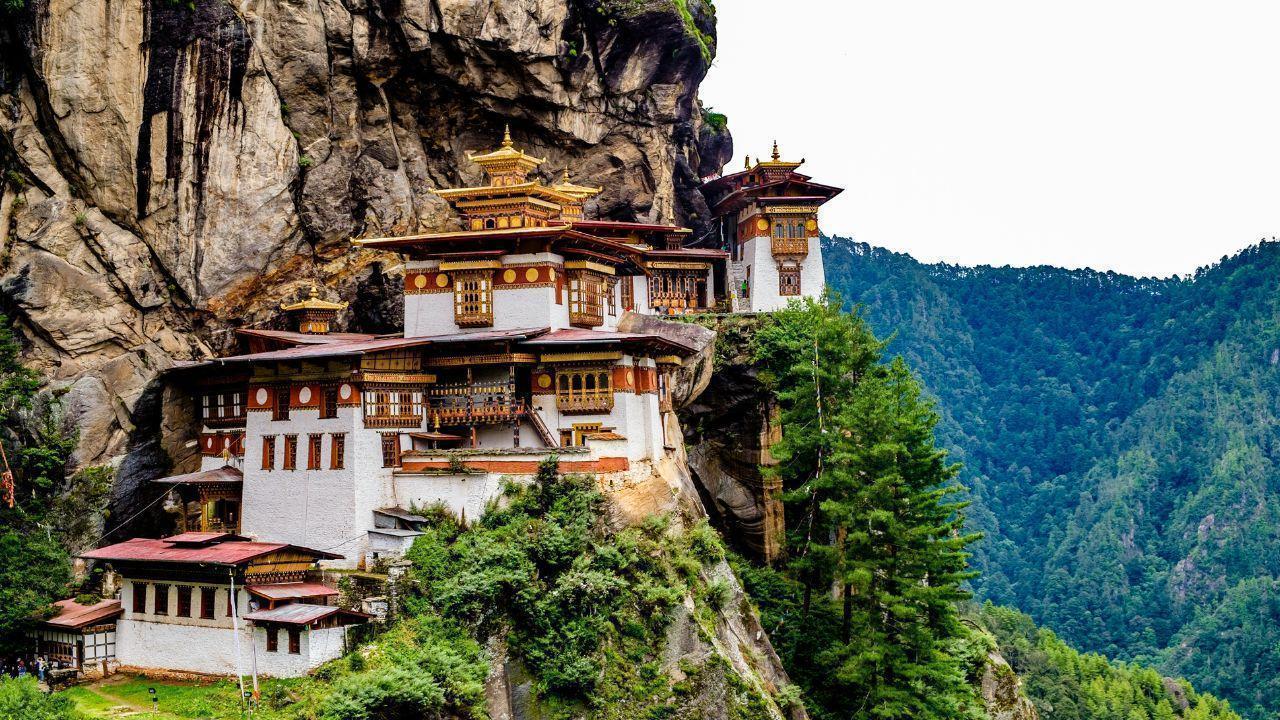
- Bhutan: The Carbon-Negative Kingdom
Nestled amidst the majestic Himalayas, Bhutan stands as a beacon of sustainability in a world grappling with environmental challenges. This tiny kingdom, often referred to as the "Last Shangri-La," has captured the world's attention not only for its breathtaking landscapes but also for its pioneering commitment to carbon negativity. Bhutan's dedication to preserving its natural heritage and achieving carbon-negative status makes it a unique destination for travelers seeking both adventure and inspiration.
Bhutan's Culture
Bhutan's culture is a rich tapestry woven with threads of Buddhist heritage, traditional values, and vibrant community life. This small Himalayan kingdom, known for its serene landscapes and friendly people, offers a unique cultural experience that is deeply intertwined with its spiritual and philosophical beliefs.

Buddhist Heritage
At the heart of Bhutanese culture is Buddhism, which permeates every aspect of life in Bhutan. The teachings of Buddhism guide daily practices, rituals, and the overall way of life. Monasteries, stupas, and prayer flags are common sights across the country, symbolizing the deep spiritual connection of the Bhutanese people. The monasteries, such as the famous Paro Taktsang (Tiger's Nest Monastery), are not just places of worship but also centers of learning and community gatherings.
Gross National Happiness
One of the most distinctive aspects of Bhutan's culture is its commitment to Gross National Happiness (GNH). Unlike other countries that measure progress by economic growth, Bhutan emphasizes the well-being of its citizens. GNH is a holistic approach that includes sustainable development, preservation of culture, environmental conservation, and good governance. This unique philosophy ensures that development does not come at the cost of the environment or cultural heritage.
Festivals and Celebrations
Bhutan is known for its vibrant festivals, known as "tsechus," which are celebrated with much fervor and joy. These festivals are held in honor of Guru Rinpoche, the patron saint who introduced Buddhism to Bhutan. Tsechus feature colorful masked dances, music, and traditional songs, creating a lively and spiritually uplifting atmosphere. The Paro Tsechu and Thimphu Tsechu are among the most popular, drawing visitors from all over the world to witness these spectacular events.
Traditional Arts and Crafts
The Bhutanese take great pride in their traditional arts and crafts, known as "Zorig Chusum." These include 13 distinct arts such as painting, sculpture, weaving, and woodworking. These crafts are not only a means of livelihood but also a way of preserving cultural identity. The intricate designs and techniques are passed down through generations, ensuring that these traditional skills continue to thrive.
Daily Life and Dress
The daily life of Bhutanese people is a reflection of their cultural values. Family and community are central to Bhutanese society, and people often engage in communal activities and gatherings. Traditional dress is worn with pride; men wear the "gho," a knee-length robe, while women wear the "kira," an ankle-length dress. These garments, often made from hand-woven fabrics with intricate patterns, are a symbol of Bhutanese identity and heritage.
Cuisine
Bhutanese cuisine is an integral part of the culture, with meals often being a communal affair. Ema Datshi, a spicy dish made with chilies and cheese, is a national favorite. Other popular dishes include Phaksha Paa (pork with radish), Jasha Maroo (spicy chicken), and the savory butter tea known as Suja. These dishes reflect the Bhutanese preference for bold flavors and locally sourced ingredients.
Environmental Harmony
Bhutan's culture is also closely tied to its natural environment. The country places great emphasis on environmental conservation, with over 70% of its land covered in forests. This respect for nature is evident in everyday practices and government policies, which aim to maintain Bhutan's status as a carbon-negative country.
- Top Attractions of Bhutan
Paro Taktsang (Tiger's Nest Monastery)
Paro Taktsang, famously known as the Tiger's Nest Monastery, is one of the most stunning and iconic landmarks in Bhutan. This sacred Buddhist site is dramatically perched on a sheer cliff face, about 3,000 feet above the Paro Valley. The monastery's location and its mystical allure have made it a symbol of Bhutan's spiritual heritage.
According to legend, Guru Rinpoche, also known as Padmasambhava, flew to this spot on the back of a tigress in the 8th century. He meditated in a cave here for three years, three months, three weeks, three days, and three hours, subduing evil spirits and blessing the place. The monastery was built around this sacred cave in 1692, making it an important pilgrimage site for Buddhists.
The journey to Paro Taktsang is as remarkable as the monastery itself. The hike begins at the base of the mountain, winding through pine forests, past fluttering prayer flags and small shrines. The trail can be steep and challenging, but it's well-maintained and offers plenty of spots to rest and take in the breathtaking views. Along the way, you might encounter local Bhutanese pilgrims, some on their way to pray and meditate at the monastery.
As you ascend, the sight of the Tiger's Nest Monastery gradually comes into view, clinging to the cliffside as if defying gravity. The closer you get, the more you can appreciate the architectural brilliance and the sheer effort it must have taken to construct this sanctuary in such a remote and difficult location. The final approach includes a steep set of stairs carved into the rock, adding to the sense of adventure.
Upon reaching the monastery, visitors are greeted with a sense of tranquility and spiritual serenity. The complex consists of several small temples and prayer halls, each adorned with intricate murals and statues depicting Buddhist deities and saints. The cave where Guru Rinpoche meditated remains a focal point, drawing pilgrims and visitors alike who seek its blessings.
From the monastery, the panoramic views of the Paro Valley below are simply breathtaking. The valley, dotted with traditional Bhutanese homes and terraced fields, looks like a scene from a fairy tale. The air is filled with the scent of pine and the sound of prayer wheels spinning, enhancing the monastery's ethereal atmosphere.
Visiting Paro Taktsang is more than just a sightseeing excursion; it's a deeply moving experience that connects you with Bhutan's spiritual heart. The combination of natural beauty, architectural wonder, and profound spiritual significance makes it a must-visit destination for anyone traveling to Bhutan. Whether you're a devout pilgrim or a curious traveler, the Tiger's Nest Monastery leaves a lasting impression, inspiring awe and reverence for this magical corner of the world.
 Punakha Dzong: The Palace of Great Happiness
Punakha Dzong: The Palace of Great Happiness
Punakha Dzong, affectionately known as the "Palace of Great Happiness," stands as a majestic testament to Bhutanese heritage and architecture. Situated at the picturesque confluence of the Pho Chhu and Mo Chhu rivers, this fortress-monastery exudes an aura of grandeur and tranquility that captivates all who visit.
As you approach Punakha Dzong, its towering whitewashed walls and golden-roofed temples create an imposing yet welcoming sight. The dzong's strategic location, nestled between the rushing waters of two sacred rivers, adds to its mystique and symbolic significance in Bhutanese culture.
Stepping inside the dzong's massive gates, visitors are transported into a world of timeless beauty and historical intrigue. The intricate woodwork adorning the halls and courtyards showcases the craftsmanship of Bhutanese artisans, who have honed their skills over generations. Every detail, from the delicate carvings to the colorful murals depicting Buddhist legends, tells a story of devotion and cultural pride.
Punakha Dzong served as more than just a seat of government; it was the spiritual and administrative heart of Bhutan for centuries. It was here that kings were crowned, important ceremonies were held, and decisions shaping the nation's destiny were made. The dzong's central courtyard, with its ancient prayer wheels and fluttering prayer flags, evokes a sense of reverence and contemplation.
One of the most striking features of Punakha Dzong is its massive courtyards, which provide ample space for festivals, gatherings, and cultural events. During tsechus (religious festivals), the dzong comes alive with the sound of traditional music, the sight of masked dancers, and the scent of incense, creating an atmosphere of joy and celebration that echoes through the ages.
Today, Punakha Dzong continues to hold a special place in the hearts of the Bhutanese people. While its role as the administrative center has shifted to the capital, Thimphu, the dzong remains a symbol of unity, spirituality, and national pride. Visitors to Punakha Dzong are not only treated to a glimpse of Bhutan's rich past but also invited to partake in its vibrant present, where tradition and modernity coexist in perfect harmony.
For those fortunate enough to wander through its hallowed halls and peaceful courtyards, Punakha Dzong offers not only a window into Bhutanese history but also a profound sense of awe and inspiration. In this Palace of Great Happiness, amid the tranquil beauty of nature and the timeless wisdom of tradition, one cannot help but feel a profound sense of gratitude for the wonders of Bhutan's cultural heritage.
Punakha Dzong, affectionately dubbed the "Palace of Great Happiness," stands as a testament to Bhutan's rich cultural heritage and architectural prowess. Nestled at the meeting point of the Pho Chhu and Mo Chhu rivers, this fortress-monastery is more than just a structure; it's a living symbol of Bhutanese identity and resilience.
Imagine standing before Punakha Dzong, its whitewashed walls gleaming in the sunlight against a backdrop of lush greenery and flowing rivers. The sight is nothing short of breathtaking, inviting you to step into a world where history, spirituality, and natural beauty converge.
Entering the dzong, you're greeted by the aroma of incense and the sound of monks chanting, creating an atmosphere of serenity and reverence. The intricate woodwork adorning the interior walls and pillars speaks to the craftsmanship and dedication of Bhutanese artisans, who have meticulously preserved their cultural heritage through the centuries.
Wandering through the dzong's labyrinthine corridors and expansive courtyards, you can't help but feel a sense of awe at the scale and grandeur of the architecture. Each corner reveals new treasures, from ancient prayer halls adorned with ornate frescoes to hidden alcoves housing sacred relics.
Punakha Dzong isn't just a relic of the past; it's a vibrant hub of community life and cultural celebration. Throughout the year, the dzong comes alive with festivals, ceremonies, and gatherings that showcase Bhutanese traditions in all their splendor. From colorful tsechus to solemn religious rituals, every event is an opportunity to connect with the essence of Bhutanese identity.
For centuries, Punakha Dzong served as the seat of government and the center of power in Bhutan. Its walls have witnessed the rise and fall of kings, the forging of alliances, and the shaping of national destiny. Even as its administrative role has evolved over time, the dzong remains a symbol of strength, unity, and resilience for the Bhutanese people.
Today, Punakha Dzong stands as a living testament to Bhutan's enduring spirit and commitment to preserving its cultural heritage. It's more than just a historic landmark; it's a beacon of hope and happiness for all who have the privilege of experiencing its beauty and significance firsthand. In the shadow of its towering walls and beneath the watchful gaze of the mountains, one can't help but feel a profound sense of gratitude for the timeless wonders of Punakha Dzong.
Buddha Dordenma
Overlooking the southern entrance to Thimphu Valley, the Buddha Dordenma is a gigantic Shakyamuni Buddha statue that stands 169 feet tall. This impressive structure is not only a symbol of peace but also houses thousands of smaller Buddha statues. The site offers panoramic views of the valley and is a testament to Bhutan's devotion to Buddhism.
Dochula Pass
Dochula Pass is a high mountain pass that offers spectacular views of the eastern Himalayas. The pass is adorned with 108 memorial chortens (stupas) known as the Druk Wangyal Chortens. On a clear day, visitors can enjoy breathtaking vistas of snow-covered peaks, making it a perfect spot for photography and quiet reflection.
Tashichho Dzong (Thimphu Dzong)
Located in the capital city of Thimphu, Tashichho Dzong is an impressive fortress and monastery that serves as the seat of the Bhutanese government and the summer residence of the monastic body. The dzong is an architectural marvel with its white-washed walls, golden roofs, and lush gardens, making it a must-visit site for understanding Bhutanese culture and governance.

Rinpung Dzong
Rinpung Dzong, meaning "Fortress on a Heap of Jewels," is a majestic structure overlooking the Paro Valley. This 15th-century dzong is known for its unique design and vibrant annual festivals (tsechus), which feature traditional dances and cultural performances. The dzong also houses a monastery and government offices.
Phobjikha Valley
Phobjikha Valley, also known as the Gangtey Valley, is a glacial valley renowned for its natural beauty and the annual migration of black-necked cranes. The valley is a haven for birdwatchers and nature enthusiasts, offering serene landscapes, traditional villages, and the famous Gangtey Monastery.
Chimi Lhakhang Temple
Chimi Lhakhang, also known as the Fertility Temple, is a small yet significant temple located in the Punakha Valley. Dedicated to Lama Drukpa Kunley, a revered saint known for his unconventional teachings, the temple is believed to bestow fertility blessings on couples. The walk through picturesque rice fields to reach the temple adds to its charm.
Punakha Suspension Bridge
Spanning the Pho Chhu River, the Punakha Suspension Bridge is one of Bhutan's longest suspension bridges. It offers exhilarating views of the river and the surrounding landscape. The bridge is adorned with prayer flags, adding to the spiritual ambiance and making it a popular spot for adventure and photography.
Khamsum Yulley Namgyal Chorten
Khamsum Yulley Namgyal Chorten is a magnificent stupa located on a hilltop overlooking the Punakha Valley. Built to bring peace and harmony to the world, the chorten is an exquisite example of Bhutanese art and architecture. The hike to reach it provides stunning views of the valley and the Mo Chhu River.
- Bhutan's Famous Delights
Ema Datshi
Ema Datshi, often referred to as the national dish of Bhutan, is a spicy and flavorful stew made with chili peppers and cheese. This dish is a staple in Bhutanese cuisine and showcases the local love for spicy food. It is typically served with red rice and can include variations with potatoes, mushrooms, or green beans.

Phaksha Paa
Phaksha Paa is a hearty dish made with slices of pork cooked with radishes or spinach and seasoned with dried chilies. This flavorful dish is often accompanied by rice and a side of vegetables, offering a satisfying and authentic taste of Bhutanese culinary traditions.
Jasha Maroo
Jasha Maroo is a spicy chicken stew that is popular throughout Bhutan. Made with diced chicken, tomatoes, onions, garlic, and ginger, this dish is typically served with rice. The combination of spices and fresh ingredients creates a warm and comforting meal.
Suja (Butter Tea)
Suja, or butter tea, is a traditional Bhutanese beverage made from tea leaves, butter, and salt. This unique drink is particularly popular in the colder regions of Bhutan and provides warmth and sustenance. The rich, savory flavor of suja is an acquired taste but an essential part of the Bhutanese culinary experience.
Momos
Momos are delicious dumplings filled with meat or vegetables, similar to those found in neighboring Tibet and Nepal. These bite-sized delights are steamed or fried and often served with a spicy dipping sauce. Momos are a popular snack and can be found in many eateries across Bhutan.
Summary:
Bhutan, known as the Carbon-Negative Kingdom, is a remarkable destination nestled in the Himalayas. Its commitment to sustainability, vibrant culture, and stunning natural beauty make it a must-visit for travelers seeking adventure and inspiration. From the towering Paro Taktsang monastery to the majestic Punakha Dzong, Bhutan's attractions offer glimpses into its rich heritage and spiritual traditions. Festivals, traditional arts, and cuisine further enrich the cultural experience, while environmental conservation efforts underscore Bhutan's harmonious relationship with nature. With its breathtaking landscapes and warm hospitality, Bhutan invites visitors to explore its wonders and discover the essence of happiness.
Disclaimer by DXB News Network:
As a news network, we aim to provide accurate and informative content to our readers. While every effort has been made to ensure the accuracy of the information presented in this article about Bhutan's attractions, culture, and cuisine, readers are encouraged to verify details and plan their travels responsibly. DXB News Network does not endorse any specific travel destinations, accommodations, or tour operators mentioned in this article and encourages travelers to conduct thorough research before making travel arrangements. Additionally, travelers are advised to adhere to local customs, respect cultural sensitivities, and prioritize sustainable travel practices during their visit to Bhutan.
#breakingnews #worldnews #headlines #topstories #globalUpdate #dxbnewsnetwork #dxbnews #dxbdnn #dxbnewsnetworkdnn #bestnewschanneldubai #bestnewschannelUAE #bestnewschannelabudhabi #bestnewschannelajman #bestnewschannelofdubai #popularnewschanneldubai
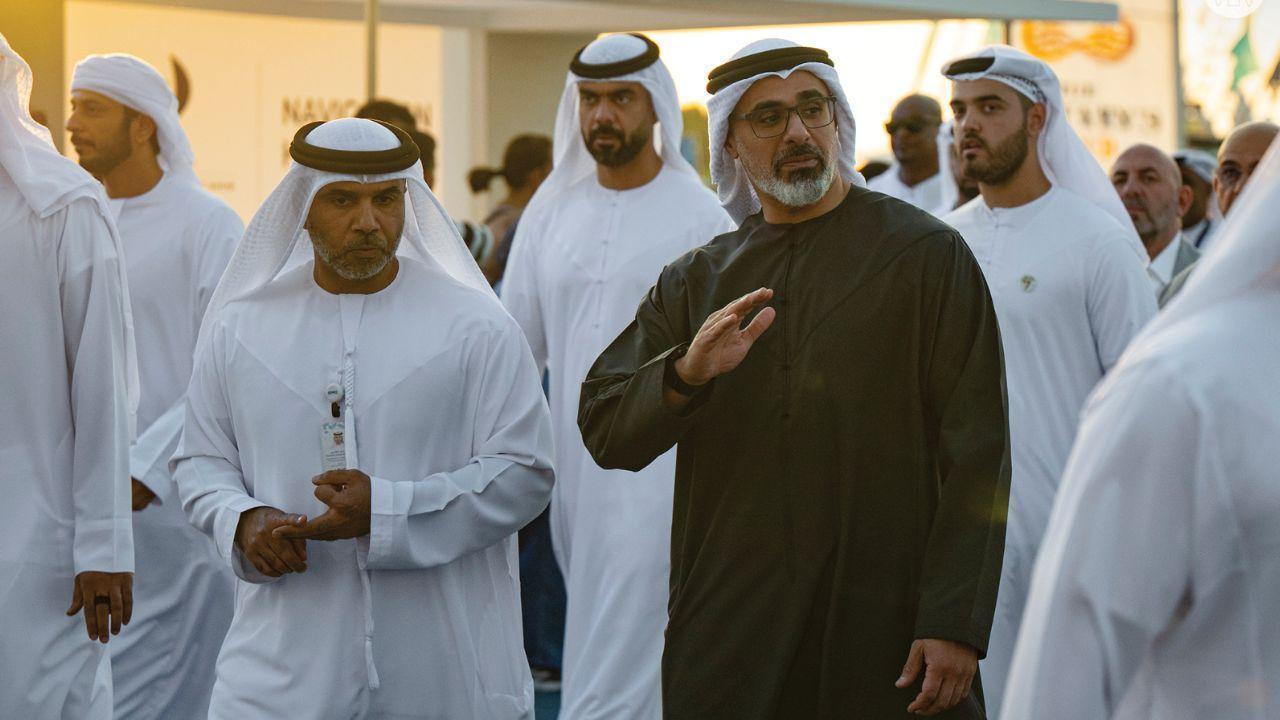
During the visit, His Highness toured the exhibition, visiting various local and international pavilions...Read More.

In the first ten months of 2024, Dubai Real Estate Corporation (DREC) and its subsidiary, Wasl Group, saw a 28% rise in revenues compared to 2023...Read More.
 Salah inspires Liverpool comeback to extend lead to eight points at Southampton
Salah inspires Liverpool comeback to extend lead to eight points at Southampton
Liverpool came from 2-1 down as Salah scored twice in the second half, reaching 10 goals
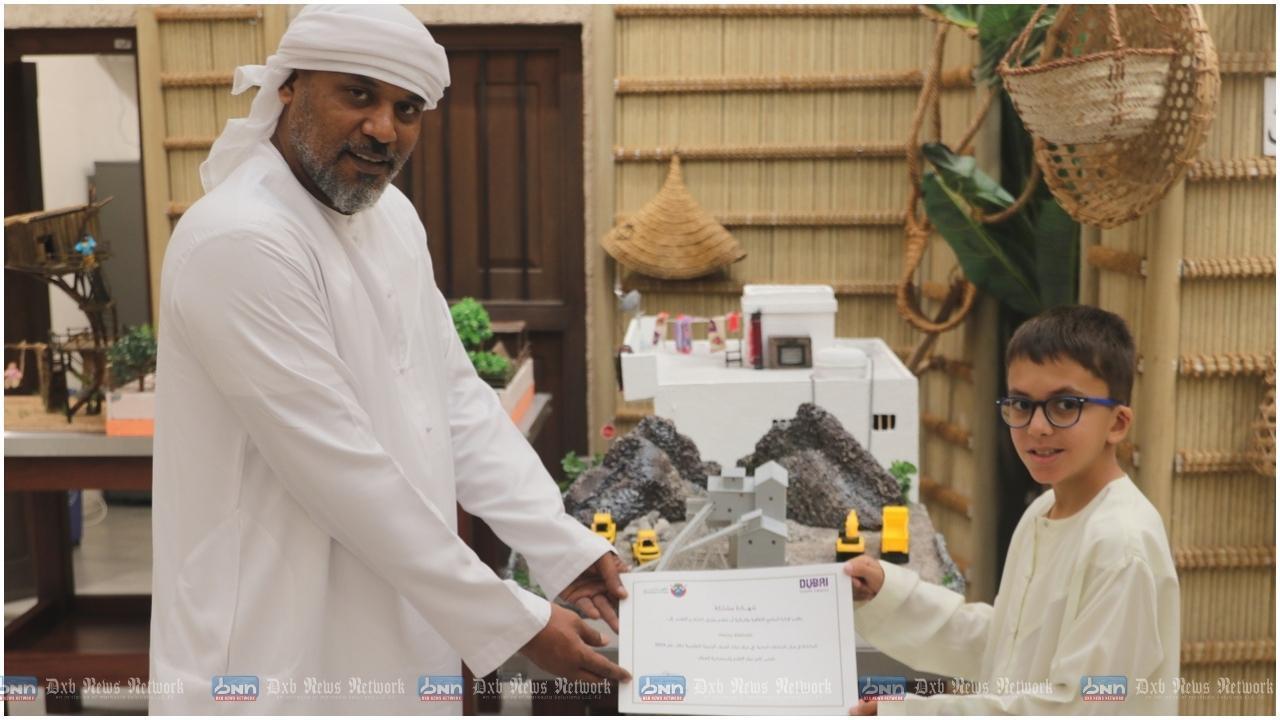 Nine-Year-Old’s Model of Hajar Mountains Earns Recognition from Dubai Culture & Arts Authority.
Nine-Year-Old’s Model of Hajar Mountains Earns Recognition from Dubai Culture & Arts Authority.
educational journey by nine-year-old Henry Zielinski, a Grade 3 student at Clarion School, underscor
 Muhammad Hamza Raja: A Bodybuilder Who Inspires the World
Muhammad Hamza Raja: A Bodybuilder Who Inspires the World
Muhammad Hamza Raja’s story is a perfect example of someone who has embraced this spirit.
 Yeh Kaali Kaali Ankhein 2 Review: Tahir Raj Bhasin Shines
Yeh Kaali Kaali Ankhein 2 Review: Tahir Raj Bhasin Shines
Yeh Kaali Kaali Ankhein 2 continues the thrilling story with fresh twists and new challenges.
 Manoj Bajpayee Discusses Indie Cinema Crisis & Why Bollywood Acting Is the Toughest Job
Manoj Bajpayee Discusses Indie Cinema Crisis & Why Bollywood Acting Is the Toughest Job
The acclaimed actor candidly spoke about his career, fame, and experiences in films.
Khaled bin Mohamed bin Zayed visits 6th Abu Dhabi International Boat Show

During the visit, His Highness toured the exhibition, visiting various local and international pavilions
Dubai Real Estate Corporation Reports 28% Revenue Growth

In the first ten months of 2024, Dubai Real Estate Corporation (DREC) and its subsidiary, Wasl Group, saw a 28% rise in revenues compared to 2023
4th Al Sila Marine Festival to Be Held in Al Dhafra Under Hamdan bin Zayed
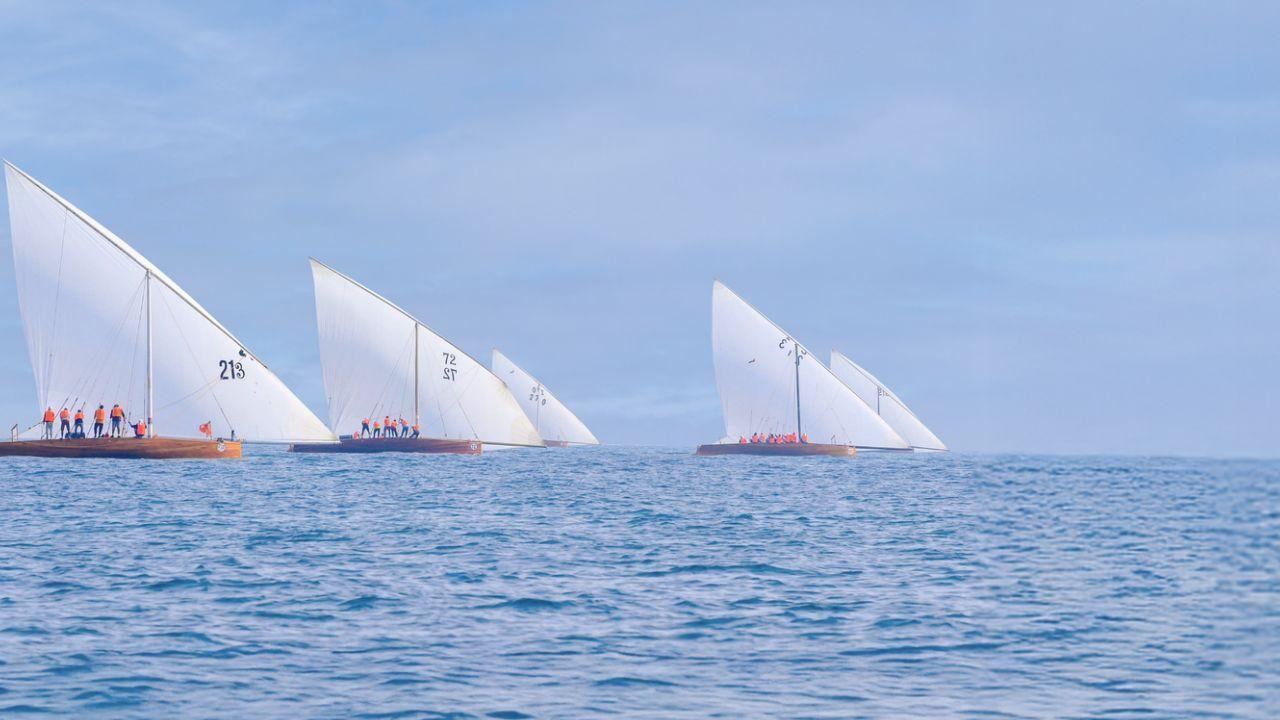
The Abu Dhabi Heritage Authority and the Abu Dhabi Marine Sports Club are organising the event
The Rise of Sustainable Clothing: How Eco-Friendly Fashion is Trending

Discover the growing trend of sustainable fashion for a better future
Egypt and Saudi Arabia wrap up ‘Piercing Arrow 2024’ joint exercise

The training took place in Egypt's Southern Military Zone and the Southern Fleet's operational area, with observers from allied and friendly nations
Top TikTok Beauty Products for a Glowing Look
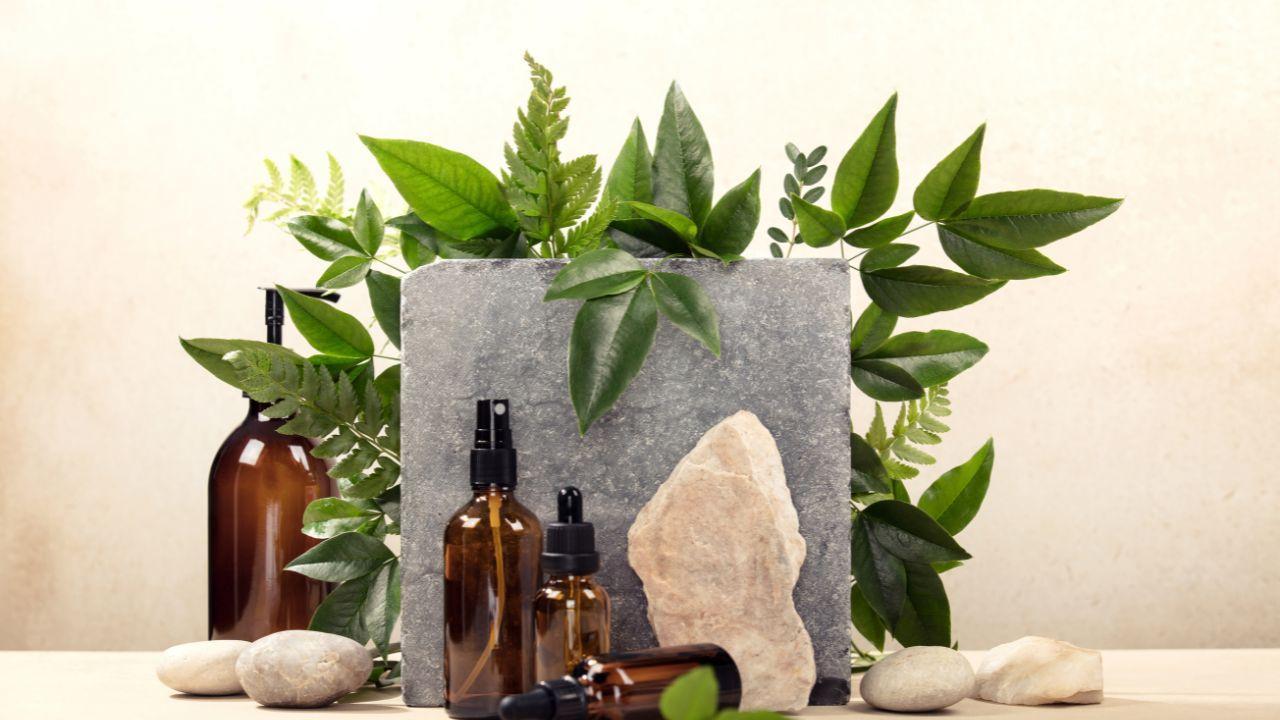
Discover top TikTok beauty products for a glowing, radiant look
2nd Abu Dhabi Maritime Awards Honors Top Marinas in MENA and Türkiye

The Pearl Island Marina in Qatar won silver, while bronze was awarded to Abu Dhabi Marine in the UAE
Abu Dhabi Kingfish Championships to Feature AED 4.3M+ Prize Pool

The event aims to preserve maritime traditions and promote sustainable, regulated traditional fishing, reflecting values of authenticity
How Technology is Changing The Future of Work and Education

Discover how technology is transforming work and education for all
Nita Ambani stuns at IPL auction in tweed pantsuit and diamond brooch

Nita Ambani wowed the crowd at the IPL Auction 2025 in a stunning navy blue tweed suit. The price? Absolutely jaw-dropping
© DNN. All Rights Reserved.